Description
Amla Plant, Indian Gooseberry, Phyllanthus Emblica (Grafted)
Amla Plant is a medium-sized deciduous tree belonging to the family Euphorbiaceae, commonly known as Indian gooseberry, emblic myrobalans, and Amla (in Hindi). it is an excellent source of vitamin C, hence it helps to boost immunity and metabolism and prevents viral and bacterial ailments, including colds and coughs. it is an Ayurvedic concoction to boost the immune system.
This tree is small to medium in size, reaching 8 to 18 m in height, with a crooked trunk and spreading branches.
berries of this tree, ripes in autumn, and are harvested by hand. The taste of Indian gooseberry is sour, bitter, and astringent, and it is quite fibrous.
Medicinal Uses:
- Amla Plant boosts the body’s defense mechanisms, detoxifies the body, and strengthens the body.
- It contains crucial vitamins for enhanced vision and healthy hair.
- It also controls blood sugar
Care Tips:-
- Sunlight: Plant your Amla tree in a sunny location, as it requires 6-8 hours of direct sunlight daily.
- Soil: Use well-draining soil. A mixture of garden soil, vermicompost, and sand would work well.
- Watering: Keep the soil consistently moist but not soggy. Water deeply and less frequently, allowing the top inch of soil to dry out between waterings.
- Mulching: Apply organic mulch around the base of the plant to retain moisture, regulate temperature, and suppress weeds.
- Fertilization: Feed your Amla plant with a balanced, slow-release fertilizer during the growing season (spring and summer). Avoid over-fertilization.


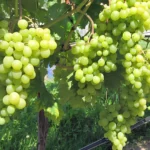
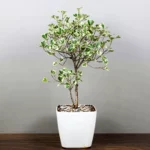
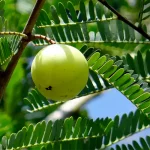
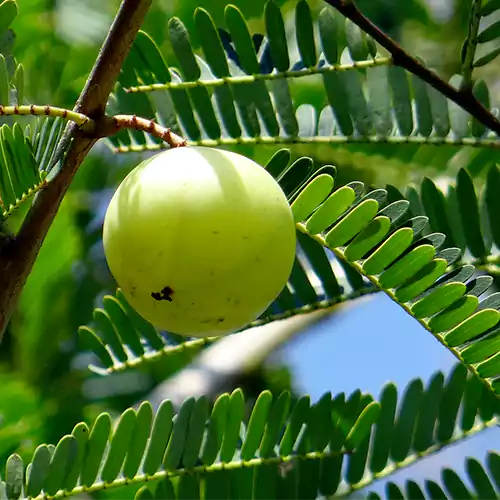
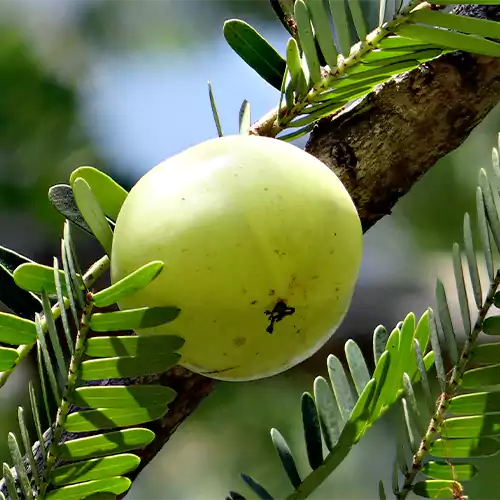

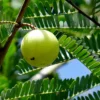
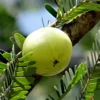
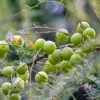
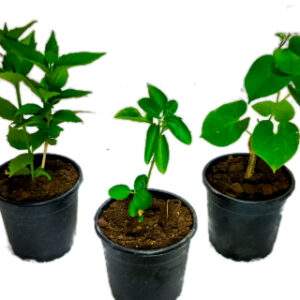
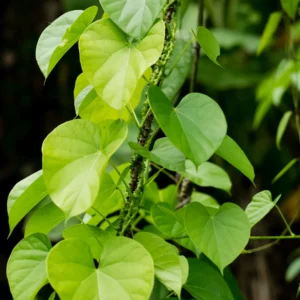
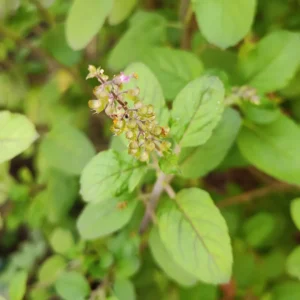
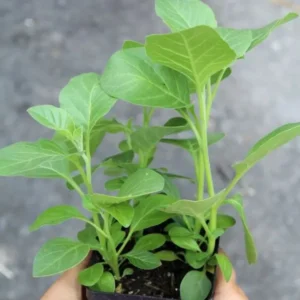
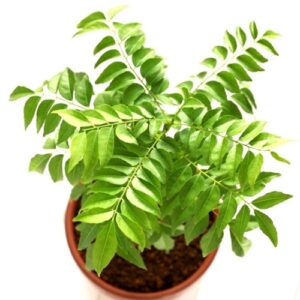
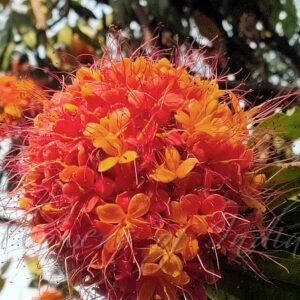
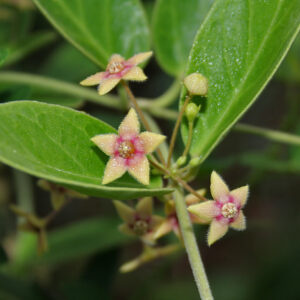
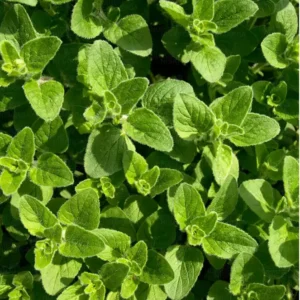
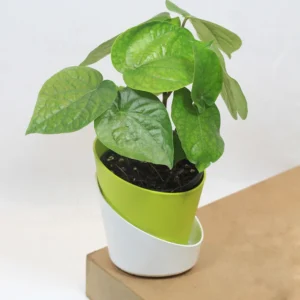
Reviews
There are no reviews yet.